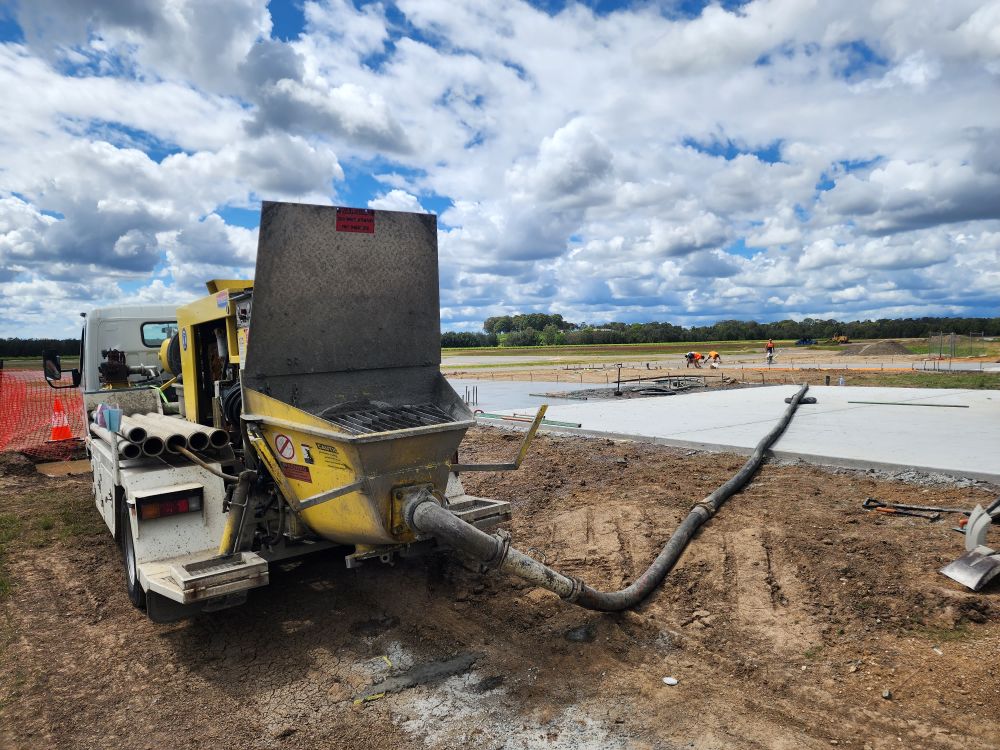Crucial Factors to Consider When Choosing Between Line Pump and Boom Pump Hire
Making a well-informed decision regarding the most suitable concrete pump for your construction project necessitates a comprehensive understanding of the key differences between line pumps and boom pumps. Line pumps are particularly advantageous for residential projects and challenging locations where access is limited, whereas boom pumps are specifically designed to handle high-volume pours, capable of covering greater distances with ease. Your selection should consider various critical factors such as site accessibility, the scale of the pour, and the required delivery speed. By meticulously evaluating these essential criteria, you can confidently choose the most suitable pump that aligns with your project's unique requirements.

Uncover the Major Advantages of Choosing Line Pumps for Your Concrete Initiatives
Line pumps are specifically engineered to transport concrete efficiently through a network of steel pipes or flexible hoses. This design makes them exceptionally beneficial for residential construction sites, backyards, footpaths, and other situations where access is restricted. Their compact size and quick setup capabilities position them as the ideal choice for executing smaller pours, allowing you to boost operational efficiency without compromising quality. By utilising line pumps, you can significantly reduce reliance on barrows and lower labour costs on projects where a boom truck may struggle to reach the pour area, thus optimising your workflow and conserving both time and resources in the process.
Maximise Project Efficiency with Line Pumps in Limited Spaces
In situations where space is constrained, line pumps present a reliable solution for transporting concrete via flexible hoses. These pumps are frequently employed by construction teams for residential slabs, footings, and smaller pours that are often inaccessible to larger boom trucks. Their rapid setup time and lower operational costs make them a superb choice for projects situated in tight spaces, including narrow driveways and congested streets. By selecting a line pump, you can ensure a smooth project progression, avoiding the delays and complications that typically arise when utilising larger machinery in restricted areas.
Identifying Optimal Scenarios for Deploying Boom Pumps
Boom pumps are mounted on trucks and feature extendable arms that can reach over buildings, into foundations, or to elevated areas within formwork. This functionality renders them ideal for commercial sites, large slabs, or any high-volume pours where efficiency and speed are crucial. Employing a boom pump enables considerable time savings, as operators can use remote controls for precise placement of concrete, which effectively minimises both labour costs and material wastage. If your project demands a substantial volume of concrete and requires extensive reach, a boom pump is undoubtedly the most efficient tool to fulfil your needs swiftly and effectively.
Strategic Recommendations for Selecting the Perfect Concrete Pump for Your Requirements
- For small to mid-sized pours: Opt for a line pump due to its efficiency and cost-saving advantages.
- For large slabs or commercial developments: Always choose a boom pump to effectively manage the required volume.
- In confined job sites: A line pump is the ideal solution for areas where boom pumps cannot operate effectively.
- When needing to reach over structures: A boom pump can cover significant distances quickly and efficiently.
Empower Your Decisions with Hunter Concrete Pumps for Optimal Project Outcomes
Initiate your selection process by thoroughly assessing your site conditions. If access is limited or the pour is relatively small, a line pump is typically the more efficient and cost-effective choice. Conversely, for larger projects involving multi-level buildings, substantial infrastructure work, or heavy pours, a boom pump excels in delivering higher volumes of concrete swiftly, effectively removing the need for excessive handling that can slow down progress.
In the Hunter Valley and Newcastle regions, we frequently observe line pumps being utilised for projects such as driveways, footings, and pool constructions. In contrast, boom pumps are preferred for tasks requiring a high volume of concrete or vertical reach, including bridge decks, multi-storey buildings, and industrial pads. By understanding these specific applications, you can make the most informed decision regarding your concrete pumping requirements.
The Article: Line Pump vs Boom Pump: Choosing the Best for Your Build first appeared on https://writebuff.com
The Article Line Pump vs Boom Pump: Which Is Best for Your Project? Was Found On https://limitsofstrategy.com

